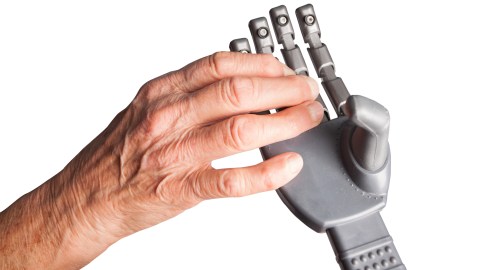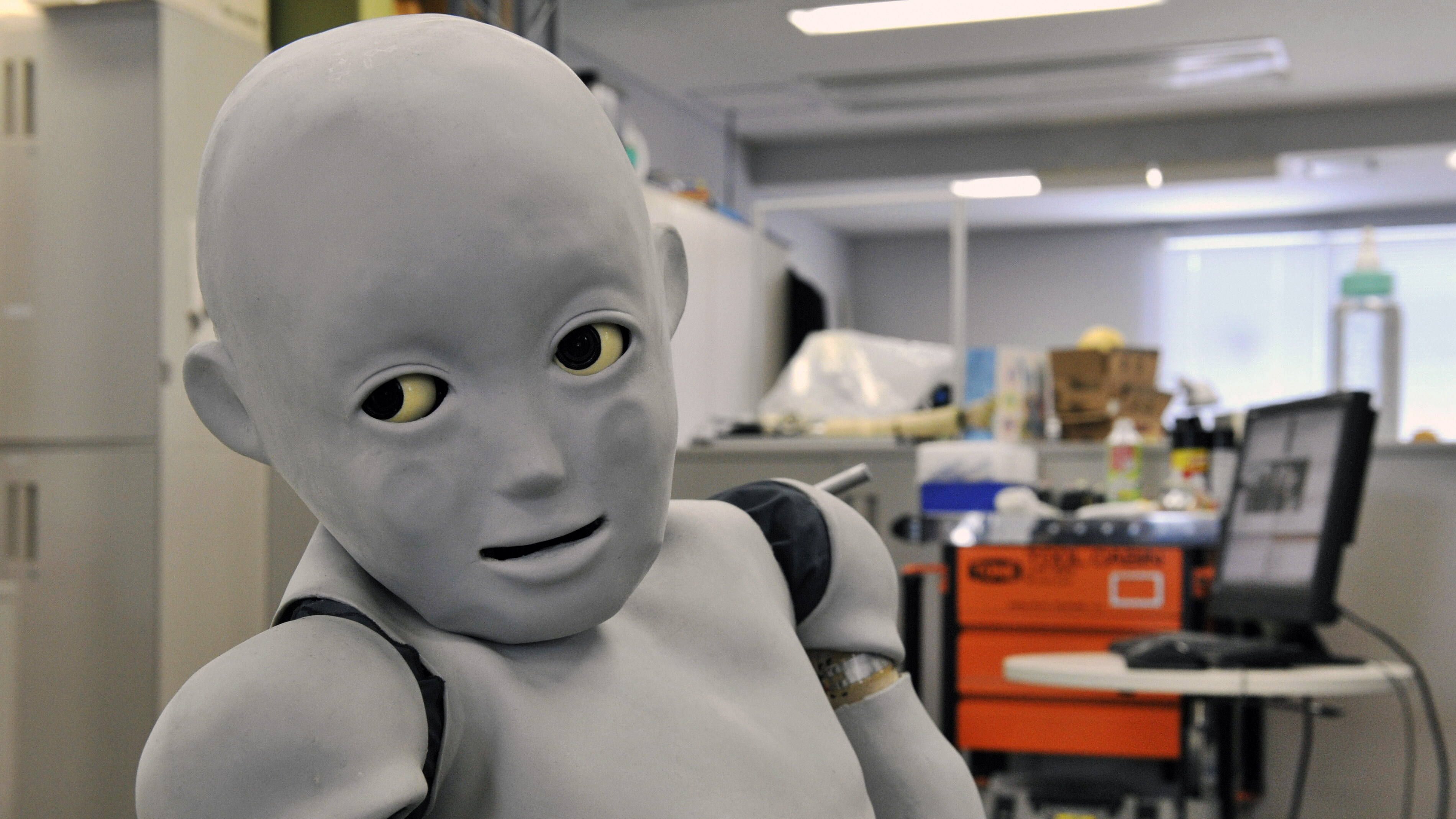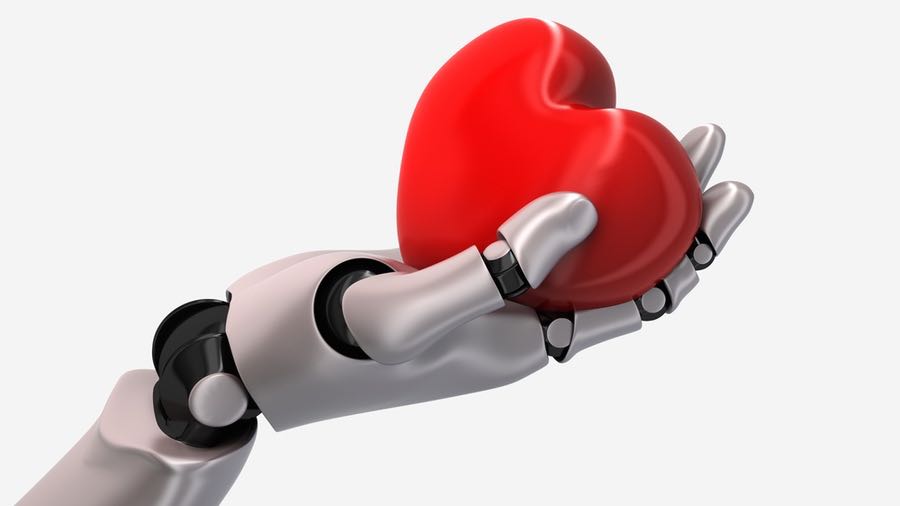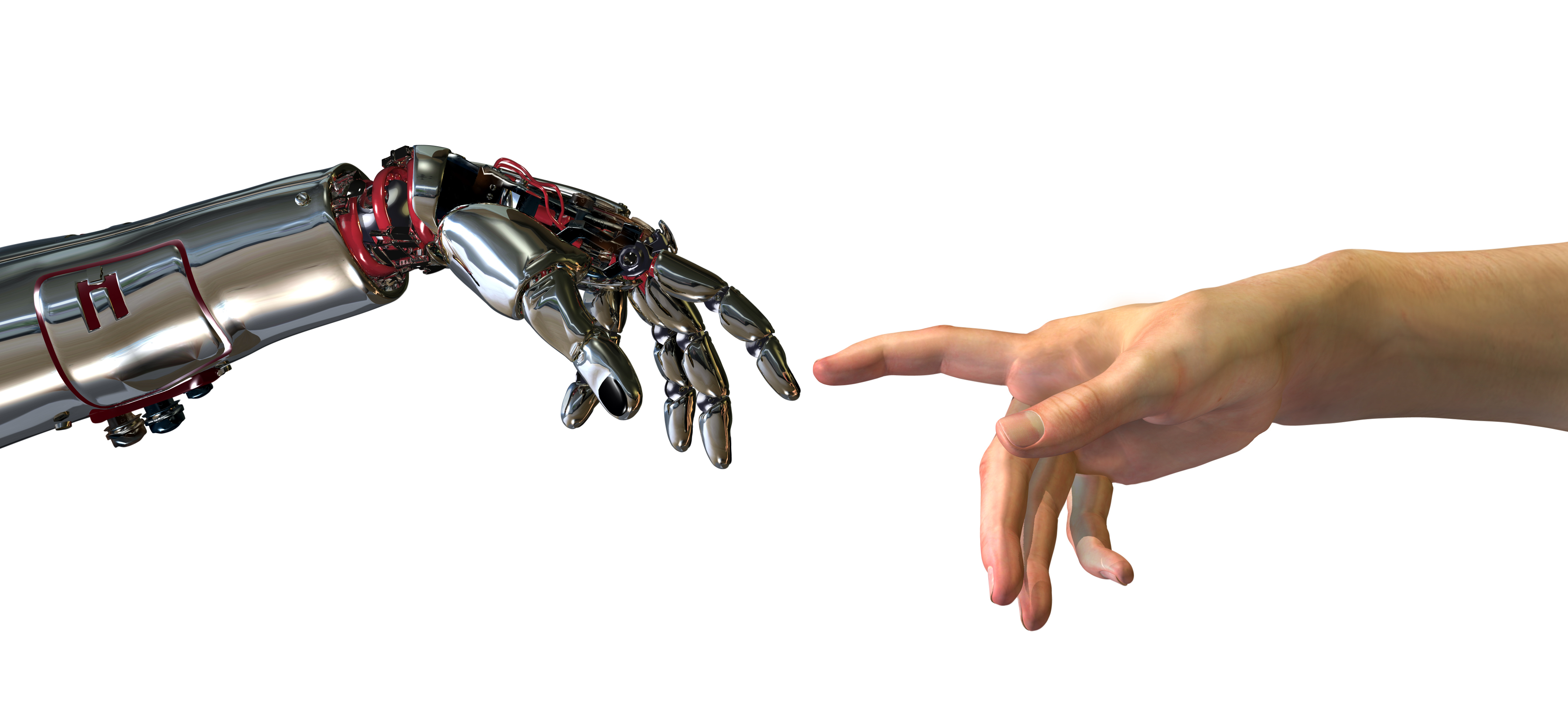Robo-Caregiving & Why You Might Delegate Your Loved Ones to a Robot

Robotics is already changing how we live, shop, invest, travel, and soon, robo-caregivers will transform how we provide care. Advances in AI will deliver extraordinarily innovative services in support of our loved ones. However, the use of robots to care for our children, elderly and disabled will also give rise to some very human questions.
Caregiving is social science jargon for providing unpaid support to a family member or friend who has physical, psychological or development needs. Most caregivers do not know what a caregiver is or even know that they are caregivers. Instead people providing care consider what they do to be the acts of a loving parent, partner, spouse, adult child, or good friend.
Caregiving is multifaceted. It can be as simple as making a phone call to say hello or dropping in on someone to share an hour or two. It can include driving an aging parent or sibling to the store or to the doctor’s office. A caregiver may also clean house, prepare a meal or manage medications. Some caregivers assist with the most intimate of activities – such as feeding, bathing, dressing or toileting. Caregiving research conducted by the MIT AgeLab indicates that rarely do these tasks wane over time; rather they are likely to grow in number, diversity and intensity of effort.
Caregiving does come at a cost. According to AARP, family caregivers provide help to loved ones an average of 24 hours per week – but one in four families dedicate more than 41 hours a week to caring. Many people, typically middle age adult daughters, are sandwiched between caring for children and elderly parents. Employed caregivers often face real challenges being able to work full-time and finding the time and flexibility necessary to build a career. While there are immeasurable rewards, providing care for an extended period may lead to fatigue, depression, stress, financial burden and ultimately caregiver burnout. In short, caregiving is a lot of work, but for most, it is also an act of love.
But which of those acts of love, under what conditions, would you delegate to a robot?
We live in a tech-enabled society and when there is a problem to be solved, many of us believe – there must be an app for that. Increasingly, we are going to say there must be a ‘bot for that. Just ask Alexa, Google Assistant or Siri, robots that are appearing in our homes seemingly by stealth.
Consider the following ‘bots of the future:
Robot Nurses – Family caregivers often serve as home nurses. Tasks may include medication management, wound care, physical help getting in and out of bed and even physical therapy.
Terapio is a medical robot assistant being developed in Japan that, for now, is being developed to assist nurses with patient medication management and collecting vital signs.
Another innovation from Japan, Robear, is a robot with giant arms and a gentle touch but with enough strength to lift a human. The robot may someday be an aid to nurses in skilled nursing facilities as well as to families helping to lift and move elderly patients from bed to a wheelchair, to the bathroom, etc.

Robot Companions – A new generation of robots are changing what we may consider to be companionship and social connectivity.
PARO, for example, is a huggable robot baby seal that serves as a therapeutic intervention for Alzheimer’s patients, PTSD sufferers, children with developmental disorders or others in hospitals and extended care facilities. Hasbro recently introduced a brand of interactive robot cats and dogs. “Joy for All” cyber pets are designed (according to Hasbro’s website) to bring “comfort, companionship and fun to elder loved ones.”
Researchers are now designing next gen humanoid robots to be able to understand social cues from those in their care thereby making a robo-caregiver more acceptable to both care recipients and their families. Developers at IBM envision that many of us may have robot roommates caring for us in older age. Researchers in Singapore are building robots that appear very human-like. So human-like in behavior that someday they may be capable of developing a relationship, even friendship, with a human such as that portrayed in the movie Robot and Frank.
Soon human caregivers will have choices to make. Will a robotic companion be an adequate substitute for human company for your elderly mother or father? If so, when – sometimes, all the time? Would you delegate reading a bedtime story to your five year old to a robot – never, sometimes, all the time?

Robot Drivers – The autonomous car is coming. Driverless technology is being heralded as freedom on wheels for older adults unable to drive as well as other transportation-disadvantaged groups.
Before celebrating the autonomous vehicle, consider the following scenarios. Your 87-year old mother no longer drives because her vision is failing but is otherwise in good health – would you have her picked up by a driverless car? What if she is in poor health and frail? What robot trips are acceptable for her to take solo – visiting a friend, shopping? What about trips to the doctor?
Now consider the other end of the age spectrum. Your 15-year old needs a ride to one of many school activities – do you let him ride in an autonomous vehicle alone? Now imagine he is 10 years old, is it still okay? What if he is five years old or a toddler?
Family caregiving has always been high-touch. But, the convergence of caregiving with high-tech is here. Designers, engineers and data scientists are rapidly advancing the power and promise of robotics to serve people and improve everyone’s quality of life. However, family caregivers that see providing care as part of who they are as good parents, spouses, partners, siblings, and adult children will have to decide how, when and where to substitute high touch with high tech in delivering those everyday acts of love called caregiving
Image by Shutterstock





